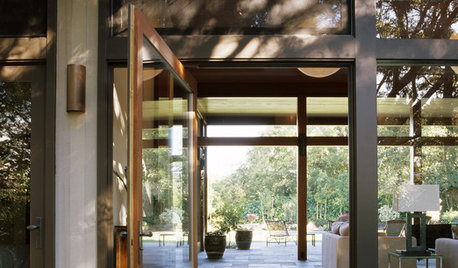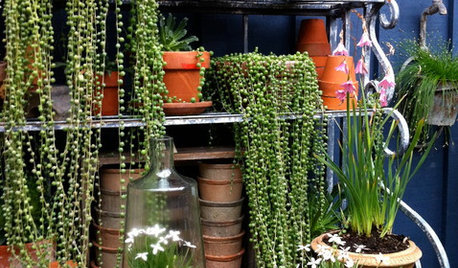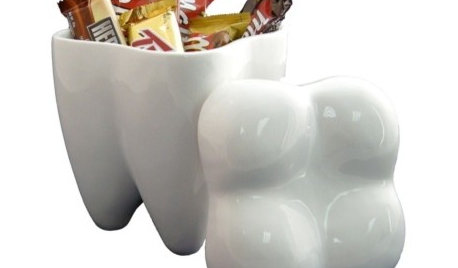foliar feeding... indoors?
greentoe357
9 years ago
Featured Answer
Sort by:Oldest
Comments (6)
Denise
9 years agoRelated Professionals
Maple Valley Landscape Architects & Landscape Designers · McKinney Landscape Contractors · Alamo Landscape Contractors · Battle Ground Landscape Contractors · Chelmsford Landscape Contractors · Cornelius Landscape Contractors · Florham Park Landscape Contractors · Kaysville Landscape Contractors · Pleasant Grove Landscape Contractors · San Bruno Landscape Contractors · Smyrna Landscape Contractors · University City Landscape Contractors · Washington Landscape Contractors · Westchester Landscape Contractors · New Carrollton Landscape Contractorsgreentoe357
9 years agogreedygh0st
9 years agoDenise
9 years agogreentoe357
9 years ago
Related Stories

HOUSEPLANTS8 Essentials for Healthy Indoor Plants
Houseplants add so much to our homes — and can thrive when grown in the right conditions. Keep these tips in mind
Full Story
HOUSEPLANTS10 Top Plants to Grow Indoors
Brighten a room and clean the air with a houseplant that cascades artfully, stretches toward the ceiling or looks great on a wall
Full Story
HOUSEPLANTSHow to Force Amaryllis Bulbs Indoors
Enjoy vibrant red blossoms even as gardens turn snowy white, by teaching this hardy repeat performer to ignore the calendar
Full Story
WINDOWS11 Ways to Create Indoor-Outdoor Connections
Expand nature's soothing embrace with sliding doors, covered porches, generous windows and more
Full Story
PETS10 Tips for Keeping Indoor Cats Healthy and Happy
It's National Cat Day: Ask not what your cat can do for you (because it will ignore you) but what you can do for your cat
Full Story
HOUSEPLANTSPlay Up Some Fiddleleaf Figs for a Lively Indoor Tune
Strike a dramatic chord in a minimalist scene or a country note in a rustic setting — fiddleleaf fig plants harmonize with any style
Full Story
HOUSEPLANTSCascading Succulents Bring Fun Shapes to Your Indoor Garden
For eye-catching spillers with delicate beauty and minimal needs, it's hard to beat these 2 trailing houseplants
Full Story
HOLIDAYS7 Quick and Easy Indoor Halloween Decorating Ideas
Make a pumpkin family portrait — no carving! — and other simple but eye-catching fall tabletop and mantel arrangements
Full Story
HOUSEPLANTSBaby Tears Mimics Moss for a Green Accent Indoors
This adaptable spreader thrives in water or soil, making it a terrific addition to containers and living walls
Full Story
PRODUCT PICKSGuest Picks: There’s a Cookie Jar for Everyone
Feed conversations as much as your sweet tooth with a fun cookie jar on the kitchen counter
Full StorySponsored
Industry Leading Interior Designers & Decorators in Franklin County







greedygh0st